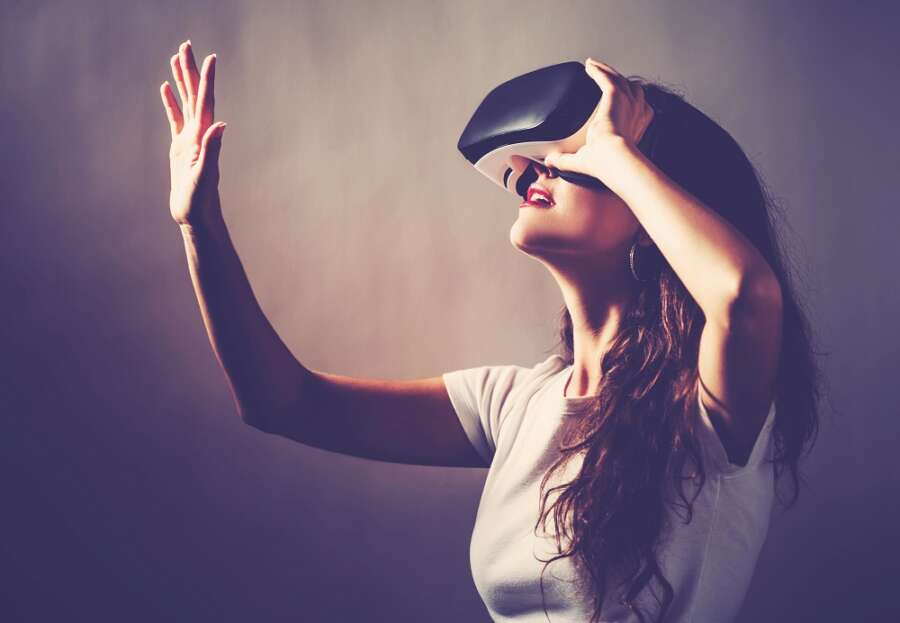
By Sue-Ellen Lamb, Head of School
During the initial Covid lockdowns, many teachers were struggling to maintain high quality educational provision in a climate of uncertainty and anxiety.
One initiative that supported our aspirations during these challenging times was our deployment of VR, something which we will carry through into the future, beyond the pandemic.
Below we take a closer look at the role of VR in education and how our school, Race Leys Junior School in Bedworth, adapted to this new way of learning.
What is VR
VR, or virtual reality, is a simulation technology that tries to create as realistic an experience as possible. Headsets are employed so the user can enjoy a full range of vision that places them inside an event or location.
This increasingly popular immersive technology has seen a rise in use in the gaming world but can also have great benefits for other fields including education, which we have seen first-hand ourselves.
VR in education
Race Leys is part of the Griffin Schools Trust and, as a family of schools, we place great emphasis on widening horizons. VR has been invaluable in driving this vision and has been used by all age groups for over a year now, enabling everyone to enjoy some inspiring experiences.
Our children have had the chance to learn about space, oceansand mountain ranges as if they are actually exploring these places themselves, but without ever leaving their classrooms. Their biology, art and history lessons have been transformed and we wouldn’t want to go back.
Seeing complex ideas or living through important events for themselves not only increases the interaction of students, but also creates much more memorable lessons and allows children to develop empathy at the same time.
Across the curriculum
While the focus of VR has historically been on gaming, the impact it can have in education is much more profound than an immersive platformer. VR can be used to inspire a myriad of topics.
Exploring space, for example, allows children to understand the scope of such a huge concept, developing both interest and understanding of science. Geographical concepts can also be better understood, as children can explore glaciers and river formations as if standing directly by them. And art takes on a fourth dimension as drawings and sculptures are brought to life in this virtual world.
Progressing to higher levels
Some may see VR as a gimmick within education, but it is clear from the results we have seen at Race Leys that there can be a genuinely positive impact from its use. Not only does it inspire interaction with lessons and concepts from the children, but it can also be used to teach more complex topics.
In a year 6 class, for example, VR headsets were used to incorporate AR (augmented reality) to show students a 3D, beating human heart. There is simply no way such a lesson could have taken place in the real world, and no diagram or visualisation would have provided such a powerful learning experience as seeing the AR rendered heart beat in the centre of the classroom.
The outcome
After a year of incorporating VR into lessons, we are determined to keep building on this impact. The headsets are a great tool to boost engagement and understanding for the children as well as make it much easier for teachers to demonstrate tricky concepts and emotive ideas. For this reason, I’d recommended VR to any school to enhance lessons further.
Proud traditions, wide horizons and high achievement are the pillars of Griffin Schools Trust, of which Race Leys is a part of. VR and AR lessons are now a new tradition for us, helping support the high achievement of our children, and certainly widening their horizons beyond what is imaginable in the real world.


